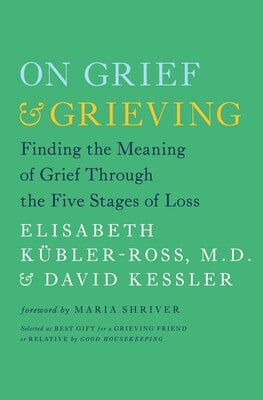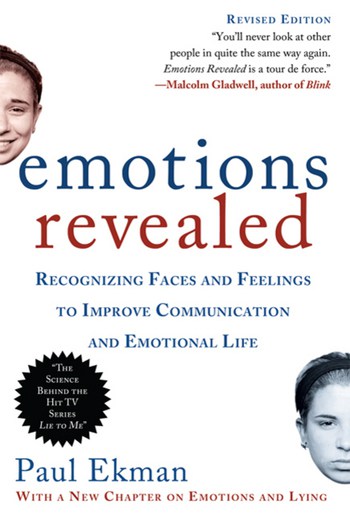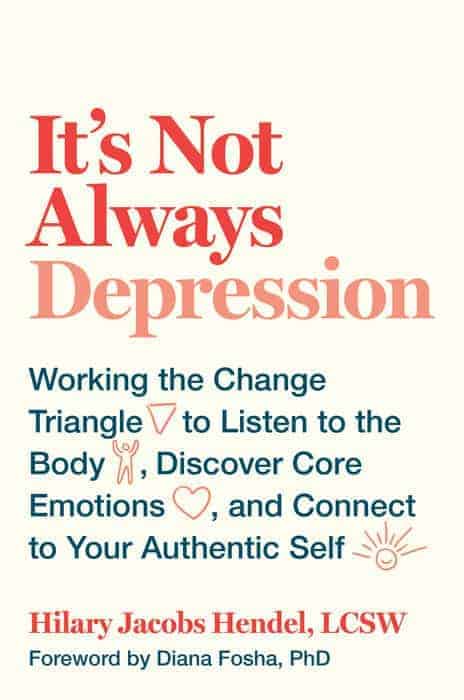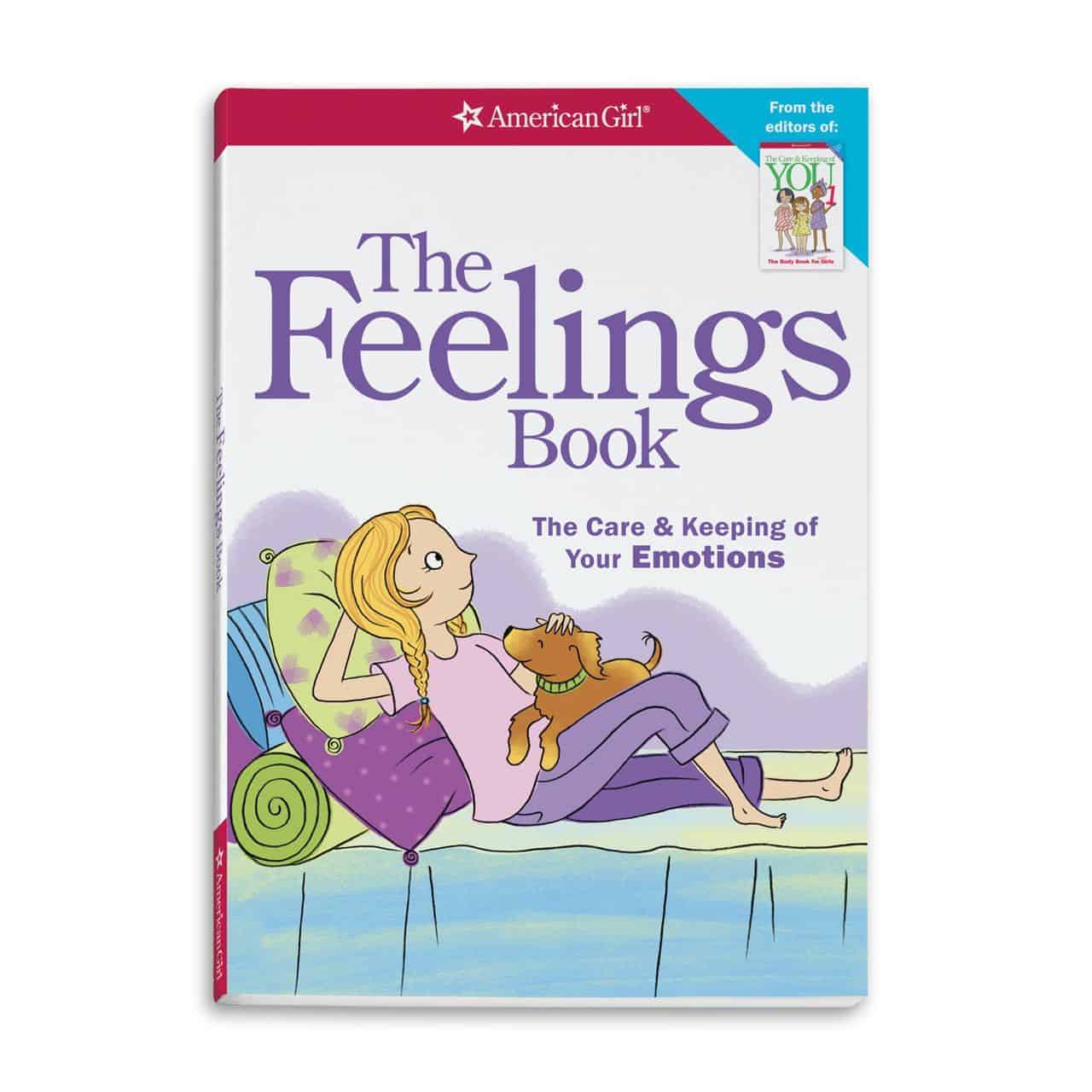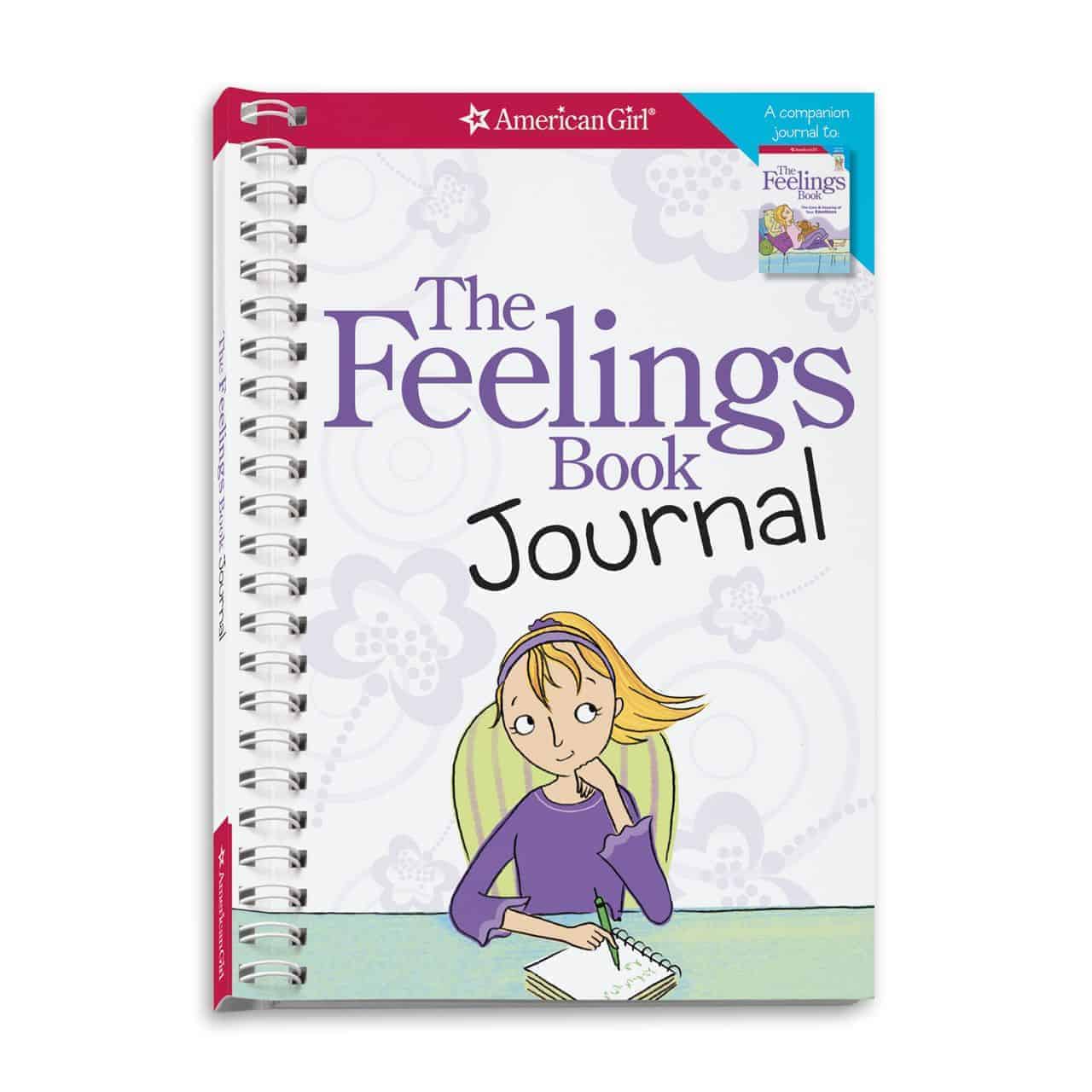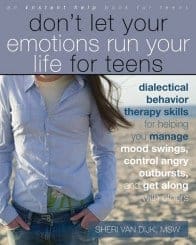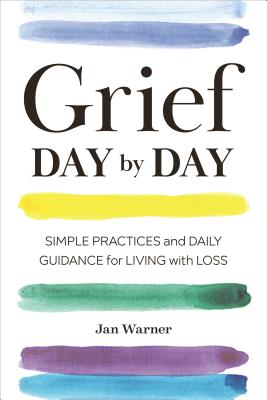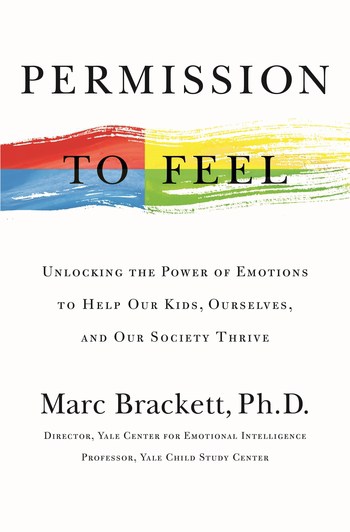Emotions
On Sadness
THC Editorial Staff April 19, 2021

Contents
- Overview
- Triggers for Feelings of Sadness
- Differences Between Sadness and Depression
- How Sadness Manifests Physically
- The Neurological Basis of Sadness
- How to Self-Regulate Sadness
What Is Sadness?
Sadness, according to the American Psychological Association, is “an emotional state of unhappiness, ranging in intensity.”1 That intensity depends on both the individual and the situation. Situational or occasional feelings of sadness should not be confused with depression; an individual can experience sadness without being clinically depressed. However, sadness that is persistent is a defining symptom of a major depressive episode.2
As one of the six universal emotions that American psychologist Paul Ekman established through rigorous research, sadness is experienced by everyone in the world and often signals that an individual needs help or comfort.3 Paul Ekman and fellow psychologists consider specific emotions to be universal, but that claim to universality is widely contested in other disciplinary fields. Some emotional states that exist within the range of mild to extreme sadness include disappointment, resignation, hopelessness, misery, grief, and anguish.3
Although sadness often has negative connotations, it can have positive effects in moments of need.4 During early years, sadness communicates distress and desire for help to caregivers. During adulthood, sadness signals that we need to grieve or otherwise cope with particular experiences. It also indicates to others that we require support and comfort.5
Triggers for Feelings of Sadness
A plethora of situations, actions, or life events can prompt sadness. Some triggers include the following:3
- loss of a family member or loved one
- transitional periods in relationships, home, life stages, or work
- rejection in professional or personal life
- a sudden or unexpected outcome that generates disappointment
If someone feels they have lost something valuable, such as a person, profession, or object, sadness often results.
Differences Between Sadness and Depression
Importantly, sadness is distinct from depression. According to many psychologists, sadness is a universal emotion that people often feel for only a short time. Clinical depression, in contrast, affects approximately 3%–4% of individuals globally and lasts for at least 2 weeks.6
Sadness can be triggered by day-to-day activities such as being fired, having painful arguments, enduring breakups, grieving losses, or experiencing other distressing news or disappointments. It is an extremely normal emotion that individuals inevitably feel on occasion; however, it fades. Sadness can briefly impede usual performance, but several key actions may mitigate its effects: Surround yourself with a supportive social network, create and maintain a positive outlook, and dedicate yourself to a healthy lifestyle.7
Depression, on the other hand, is not a universal experience even though it affects millions of people worldwide. Clinical depression is a serious mental health disorder with symptoms such as hopelessness, inability to feel or experience pleasure, disruption in sleep or appetite, feelings of worthlessness, and inability to concentrate. Unlike sadness, depression is a longer-term disorder that can occur outside of distinct situations or events that people experience as upsetting and that may be paralyzing. Various forms of psychotherapy and/or antidepressant medication are common treatments for individuals who experience depression.7
How Sadness Manifests Physically
- Sadness manifests vocally. It generates a lowered vocal pitch, reduced volume, and a slowed speaking rate.8
- Sadness manifests physiologically. It can increase heart rate and can create tightness in the chest and heaviness in limbs.9
- Sadness manifests facially. It can prompt changes in facial expression, such as upward angling of inner eyebrows, drooping eyelids, and downward pulling of lip corners.3
The Neurological Basis of Sadness
Sadness can be characterized by the physical features described above, but it also has neurological characteristics and impacts.10
Cortisol is a stress hormone made by our adrenal glands and activated in times of crises. It helps control mood, motivation, and fear. Neuroimaging studies indicate that extreme sadness induces a reduction in cortical activation, which can lead to reduced cardiac, or heart, control.10
In 1997, Dr. Richard Lane and his colleagues investigated brain regions that specifically correlate with certain emotions: happiness, sadness, and disgust. They enrolled 12 healthy females into the study and measured their brain activity using a positron emission tomography (PET) scan while the women watched various films that were supposed to elicit the three emotions. Before watching each film, the subjects were instructed to either feel the relevant target emotion or to remain neutral. After watching the films, the subjects were asked to recall what occurred in the films. The researchers found that happiness, sadness, and disgust were associated with activity in the thalamus and the medial prefrontal cortex. Specifically, each participant’s anterior insula experienced increased activity when they recalled films that elicited sadness. Although these findings were preliminary, they provide a baseline for understanding where certain emotions are located and expressed in the brain.12
In a similar study in 1995, Dr. Mark George and his colleagues sought to identify where sadness exists in the brain by investigating neural activity in women who had never experienced mental illness. They found that transient sadness activated the bilateral limbic and paralimbic structures, as well as the brainstem and the thalamus. Lane and his colleagues’ results in 1997 were consistent with these findings, and both studies have helped researchers further establish where particular emotions are located in the brain.13 In addition, recent neuroimaging has indicated that emotional self-regulation occurs in the prefrontal cortical region.14
How to Self-Regulate Sadness
Emotional self-regulation is essential for maintaining a healthy and sound mind. Emotional self-regulation skills include the following:15,16
- taking care of physical needs (e.g., sleeping and resting)
- expressing feelings to close family or friends
- implementing exercise routines
- journaling about or labeling emotions
- practicing mindfulness meditation
- attending therapy
- participating in activities that build senses of achievement and contentment
- challenging or evaluating what elicits a specific emotion
Practicing emotional self-regulation is critical because people experience a range of emotions daily. If emotions are unregulated, they may intensify, overwhelm people, and affect people’s mental well-being, physical well-being, interpersonal relationships, or even professions.
One study conducted by Susan Rivers and colleagues in 2007 investigated how people self-regulate anger and sadness. The study used assessments that measured emotion regulation, conflict resolution style, and positive social relations. The researchers found that people tend to regulate sadness by trying to change situations through cognitive reappraisals, by apologizing, or by participating in activities considered enjoyable (e.g., listening to music or playing video games). Their results also indicated that effective regulation of sadness is associated with positive social relations; if an individual regulates sadness effectively, positive social interactions and relationships occur. These findings emphasize the importance of appropriate emotional self-regulation.17










